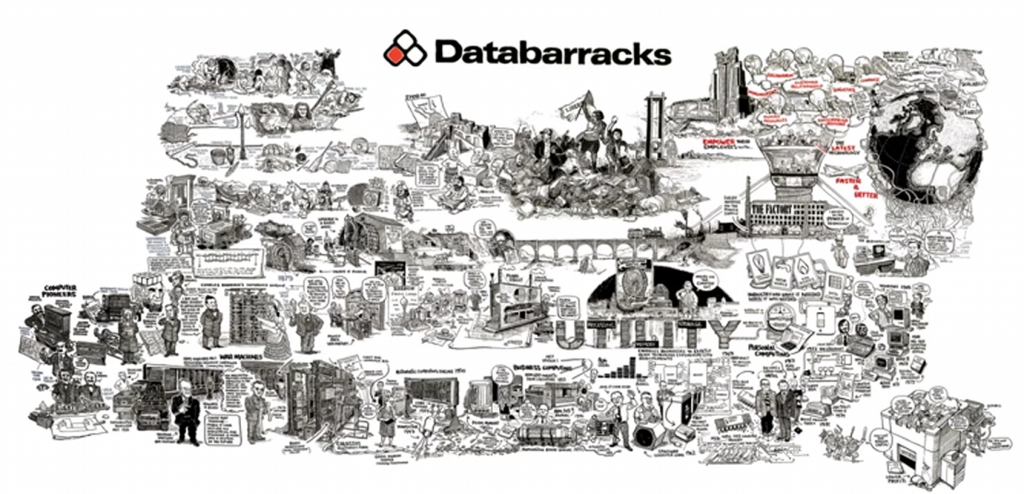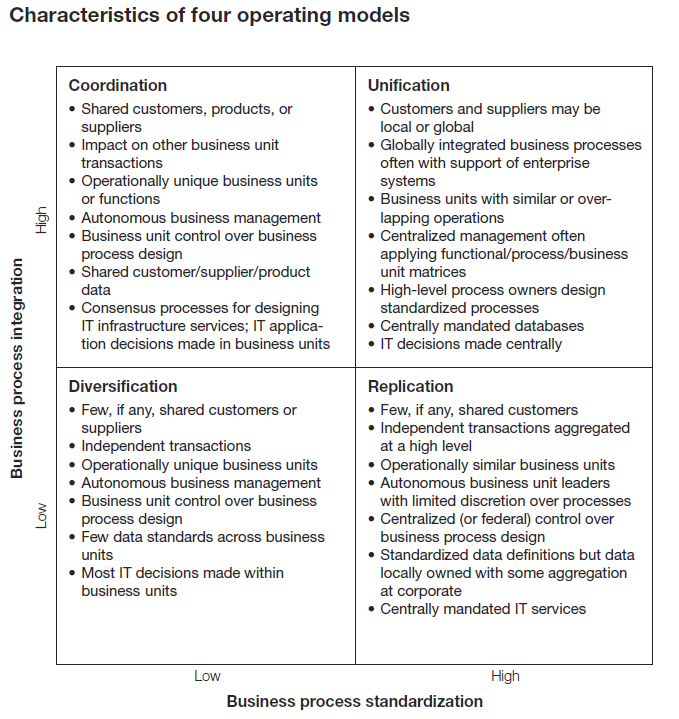One area of business strategy growing in importance is strategy around the business of IT. I think of “the business of IT” as how IT delivers services internally vs. IT Strategy which is (how I use the term) how IT directly supports business capabilities.
A über topic in the business of IT is DevOps. It is on my radar because it supports key business capabilities such as ability to bring new product features to market quickly and the ability to experiment with customers through continuous innovation. I will leave finding how I just contradicted myself as an exercise for the reader.
I am creating dozens of hooks for future blog posts here!
Wikipedia says: “DevOps (a portmanteau of development and operations) is a software development method that stresses communication, collaboration and integration between software developers and information technology (IT) professionals.[1] DevOps is a response to the interdependence of software development and IT operations. It aims to help an organization rapidly produce software products and services”
I really enjoy hearing about how leading practices are used in real life by small cutting-edge enterprises, but these disclosures are rare. I stumbled upon a great write-up on how iProperty has implemented DevOps on Andy Kelk’s blog. Andy says: “DevOps is to operations what Agile is to software development. It’s about increasing communication, collaboration and achieving results as a team and not in silos.” He also recommends a few books which will no-doubt end up on my reading list in the future.






 integration.
integration.